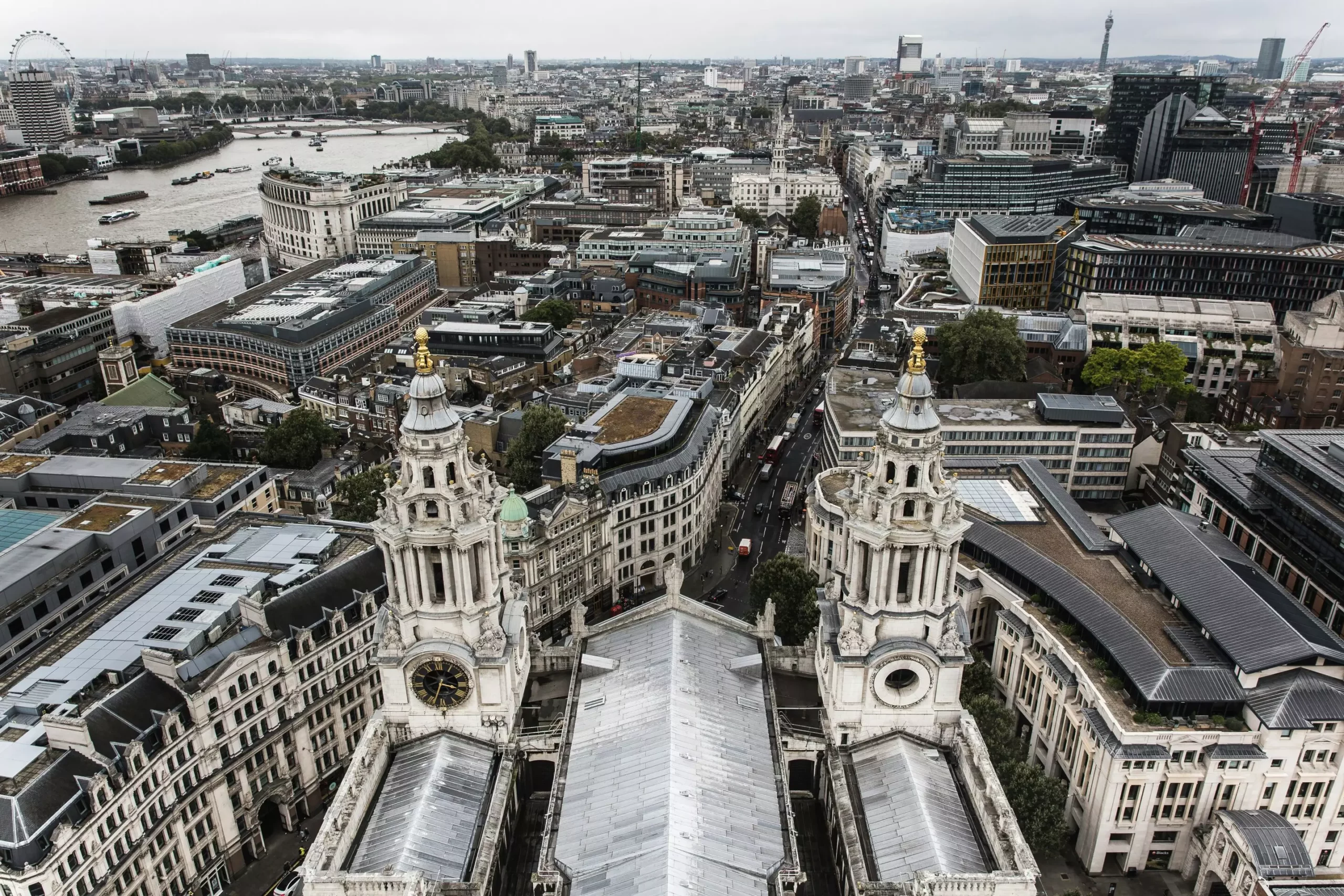As global temperatures continue to rise, urban areas face increasingly severe challenges related to excessive heat. One particularly striking phenomenon is the “urban heat island” effect, where cities become significantly warmer than their rural surroundings due to human activities and infrastructure. This discrepancy can create life-threatening situations during extreme heat events, such as the record-breaking summer of 2018 in London. A recent study highlights how adopting cool roofing technologies could have drastically reduced the heat-related mortality rate in this bustling metropolis.
The summer of 2018 marked an alarming peak in temperature, with average readings soaring to 19.2 degrees Celsius, a notable increase of 1.6 degrees compared to historical averages. This spike in heat resulted in 786 acknowledged heat-related deaths, a harrowing statistic that underscores the urgent need for sustainable urban design solutions.
Researchers from University College London (UCL) and the University of Exeter have conducted an in-depth analysis revealing significant potential benefits of implementing cool roofs across the city. The study indicates that if London had adopted widely reflective roofs—coated in white or other lighter colors—an estimated 249 lives could have been saved during that sweltering summer. These roofs are designed to reflect more sunlight and absorb less heat compared to traditional dark roofs, resulting in cooler urban spaces.
The study asserts that through this technology alone, the average temperature in London could have been lowered by approximately 0.8 degrees Celsius. This modest temperature decline could not only curb heat-related fatalities but would enhance the overall quality of life for city residents as well. Urban heat is increasingly recognized as a serious public health concern; thus, addressing it directly through innovative infrastructure is a prudent and essential objective.
In addition to cool roofs, the research explored the cooling effect of rooftop photovoltaic solar panels. These panels not only generate renewable energy but also contribute to lowering ambient temperatures. According to the findings, the widespread implementation of solar panels could have led to a 0.3-degree Celsius reduction in average temperatures, saving an estimated 96 lives during the same summer period.
Furthermore, solar panels could have provided a substantial electrical output of up to 20 terawatt-hours over the three-month heatwave, representing more than half of London’s annual energy needs for 2018. Such findings showcase the dual benefits of solar panels: mitigating heat in urban areas while offering a pathway to renewable energy production.
The impact of heat-related deaths goes beyond human costs and extends into economic burdens on healthcare systems and local economies. The researchers estimated that the potential savings from the lives preserved through the implementation of cool roofs would amount to approximately £615 million, while rooftop solar panels could have generated economic relief of around £237 million as a result of their contribution to lowering mortality rates.
These figures highlight the financial viability of investing in sustainable urban infrastructure. As cities worldwide grapple with climate change, proactive and multifunctional solutions like cool roofs and solar panels represent powerful strategies that cities can implement to build resilience against extreme weather.
As climate change intensifies and hot summers become the norm rather than the exception, it is imperative for urban environments to adopt adaptive and proactive strategies. The research indicates that urban heat mitigation measures, such as cool roofs and solar panels, can significantly enhance livability and safety in metropolitan areas.
Dr. Charles Simpson, the lead author of the study, stresses the importance of making these changes. He notes that as the urban population bears the brunt of climate change impacts, cities must find innovative ways to adapt and build resilience. This could involve policy initiatives aimed at encouraging the adoption of cool roofing materials and promoting the installation of solar energy systems on rooftops.
The potential for cool roofs and solar panel technology to reduce urban heat and save lives is clear and compelling. Integral to responding to the challenges of climate change, these innovations can substantially lower temperatures in cities like London, providing essential health and economic benefits.
The looming threats of climate change necessitate immediate action. Policymakers, urban planners, and community leaders must champion effective urban cooling strategies, ensuring that cities not only survive but thrive in the face of rising temperatures. The journey toward a sustainable future begins with informed decisions today—decisions that prioritize the well-being of urban populations and the health of our shared environment.


Leave a Reply
You must be logged in to post a comment.